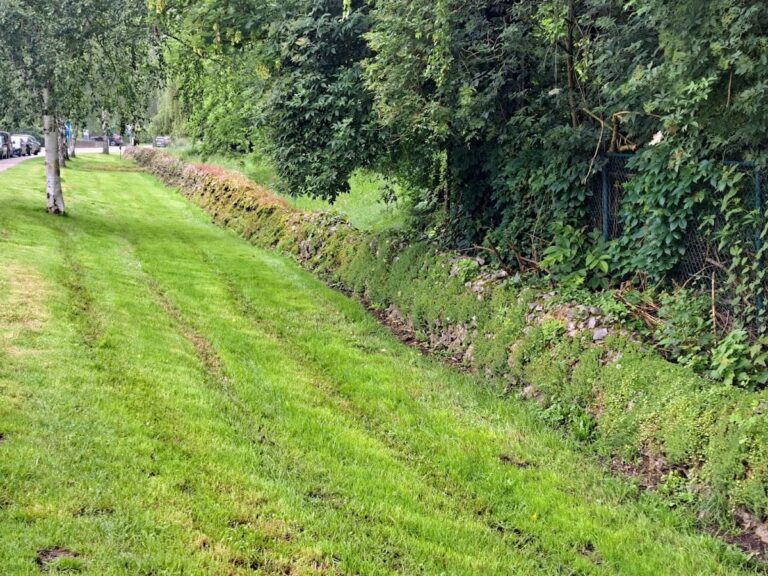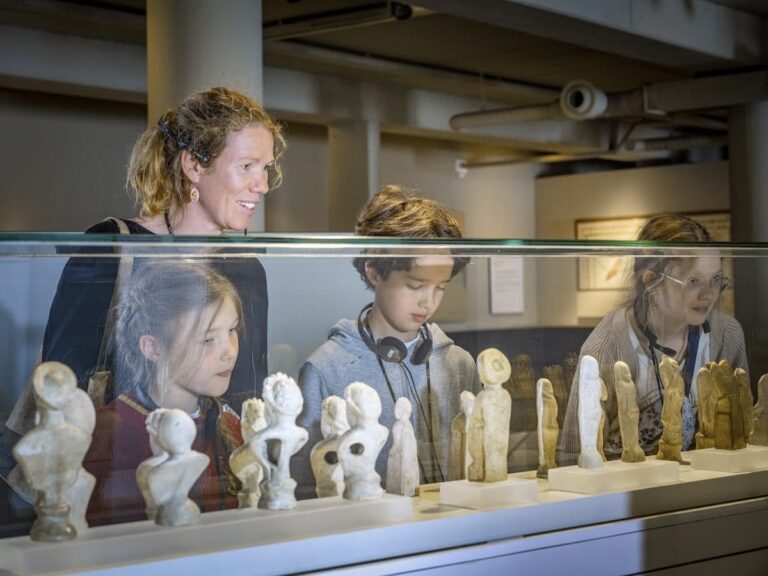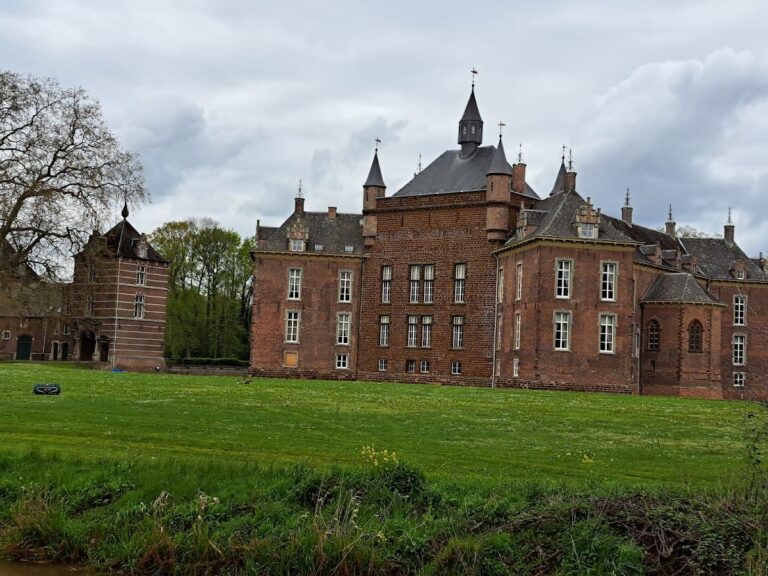Kasteel van Binderveld: A Historic Castle in Nieuwerkerken, Belgium
Visitor Information
Google Rating: 4.6
Popularity: Very Low
Google Maps: View on Google Maps
Country: Belgium
Civilization: Unclassified
Remains: Military
History
Kasteel van Binderveld is located in the municipality of Nieuwerkerken in modern-day Belgium. The castle originated in the medieval period as the seat of a local lordship within the territory known historically as Loon. Its earliest recorded owner was Olderic van Bilrevelt, who obtained the fief in 1135, establishing the castle’s role as a noble residence from that time.
Throughout the centuries, ownership shifted among several noble families, beginning with the Van Montenaken family between 1251 and 1371. By the fifteenth century, the Van Hamal family had assumed control, followed by the Van Grevenbroek family starting in 1525. In 1534, through marriage, the castle passed into the hands of the Van Copis family, who held it during a turbulent era.
Hiëronymus Van Copis, lord from 1635 to 1653, was responsible for rebuilding the castle after it fell into disrepair. This period was marked by conflict, as the castle endured multiple assaults: Croatian troops under Jan van Weert plundered it in 1636, Staatse forces destroyed it in 1637, and Lotharingian soldiers occupied it in 1654. Earlier, in 1375, it had withstood a siege by forces from Sint-Truiden during the later stages of the Liège-Brabant wars, illustrating its strategic significance in regional conflicts.
In 1728, the castle was entirely consumed by fire but was promptly reconstructed the following year by J.B.C. Le Roy. This rebuilding transformed the structure into a half-enclosed complex, of which only two main parts survive today. The castle chapel, once an integral part of the estate, was taken down in 1842 and replaced nearby by the Sint-Jan Baptistkerk, a church that remains standing.
The castle remained in the Le Roy family lineage before passing to the De Schrynmakers family in 1826, who lived there until their deaths. Ownership later transferred to the Ballet family in 1956 and subsequently to the notary Baudouin Verelst. Verelst undertook careful restoration work to bring the castle back to its original style and reinstated the surrounding moat. A notable alteration during the nineteenth century was the replacement of the castle’s drawbridge with a fixed stone bridge in 1865, reflecting changes in both defensive needs and architectural practices.
Remains
The current layout of Kasteel van Binderveld consists of a domain encircled by moats, emphasizing the castle’s original defensive role. The surviving structures form a rectangular complex centered on two key buildings: a gate tower and a residential building. The gate tower, constructed of brick, is characterized by its distinct tent-shaped roof crowned with a bell-shaped spire. This spire also functioned as a dovecote, providing a nesting place for pigeons or doves, which was a common feature in historic castles for communication and food supply.
The main residential building primarily reflects the reconstruction carried out in 1729, although its core originates from the earlier Van Copis period of 1635. It is built on a stone base made from rubble, combining brick and sandstone in its walls. The right side of the façade is marked by horizontal wall bands, adding a subtle architectural detail to the exterior. The presence of coats of arms belonging to the Le Roy and De Coloma families on the façade signals the historical link between the castle and these noble lineages.
While the half-closed complex reconstructed in the eighteenth century once included additional elements, today only this gate tower and the residential building remain. The castle chapel, an earlier feature of the estate, was demolished in the mid-nineteenth century, with its religious functions transferred to the nearby Sint-Jan Baptistkerk that still stands approximately one hundred meters north of the castle. Restoration efforts have preserved the surviving structures in a state that respects their historical appearance, including the restoration of the moat that reinforces the setting of the castle within its traditional defensive waterscape.







